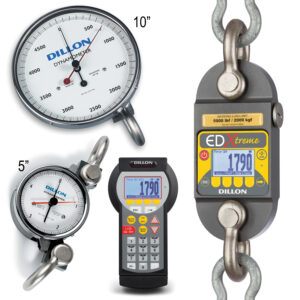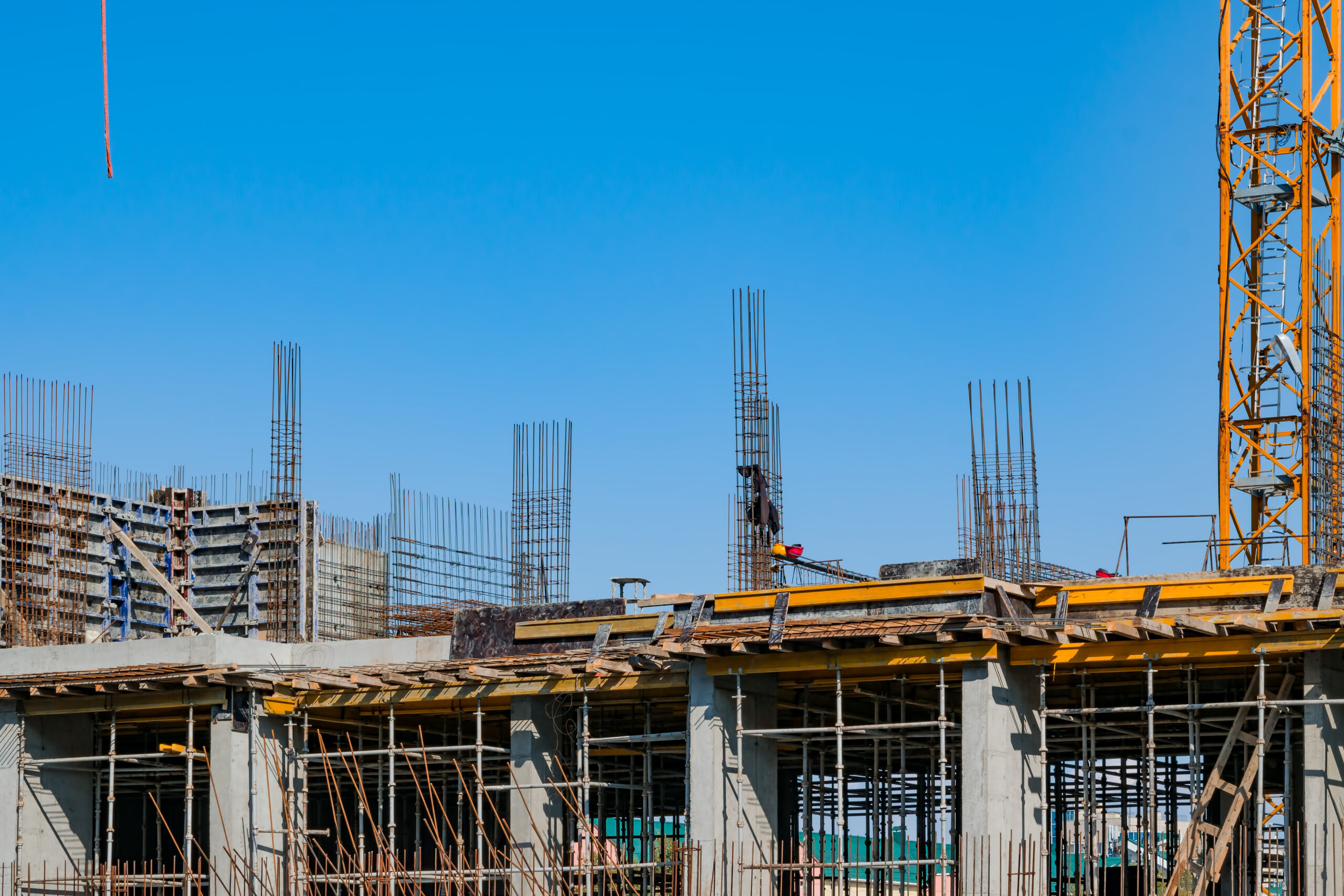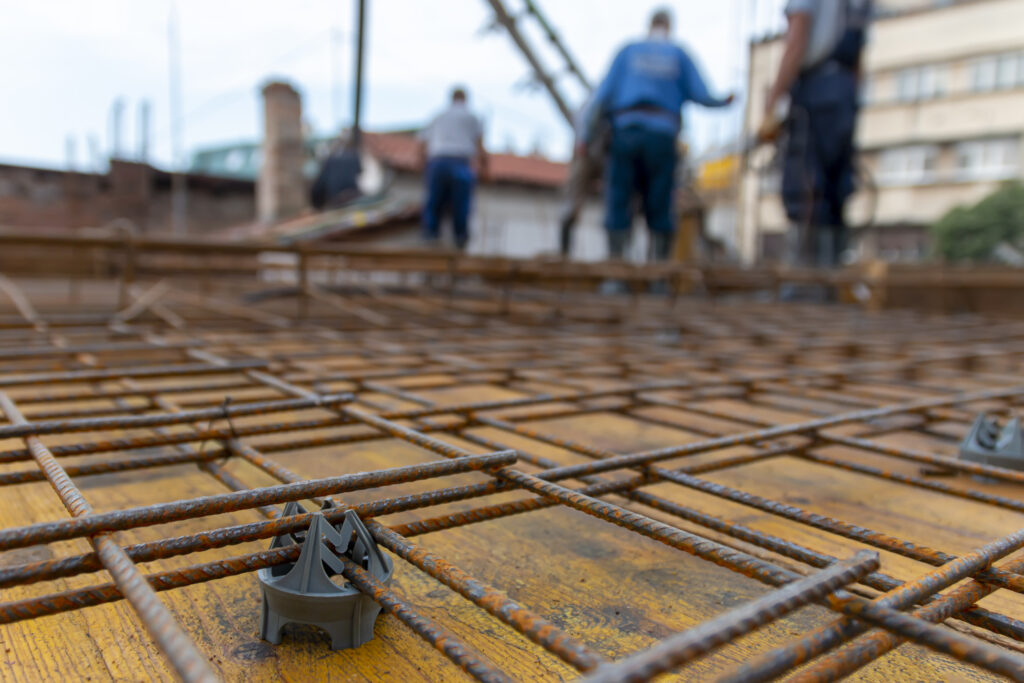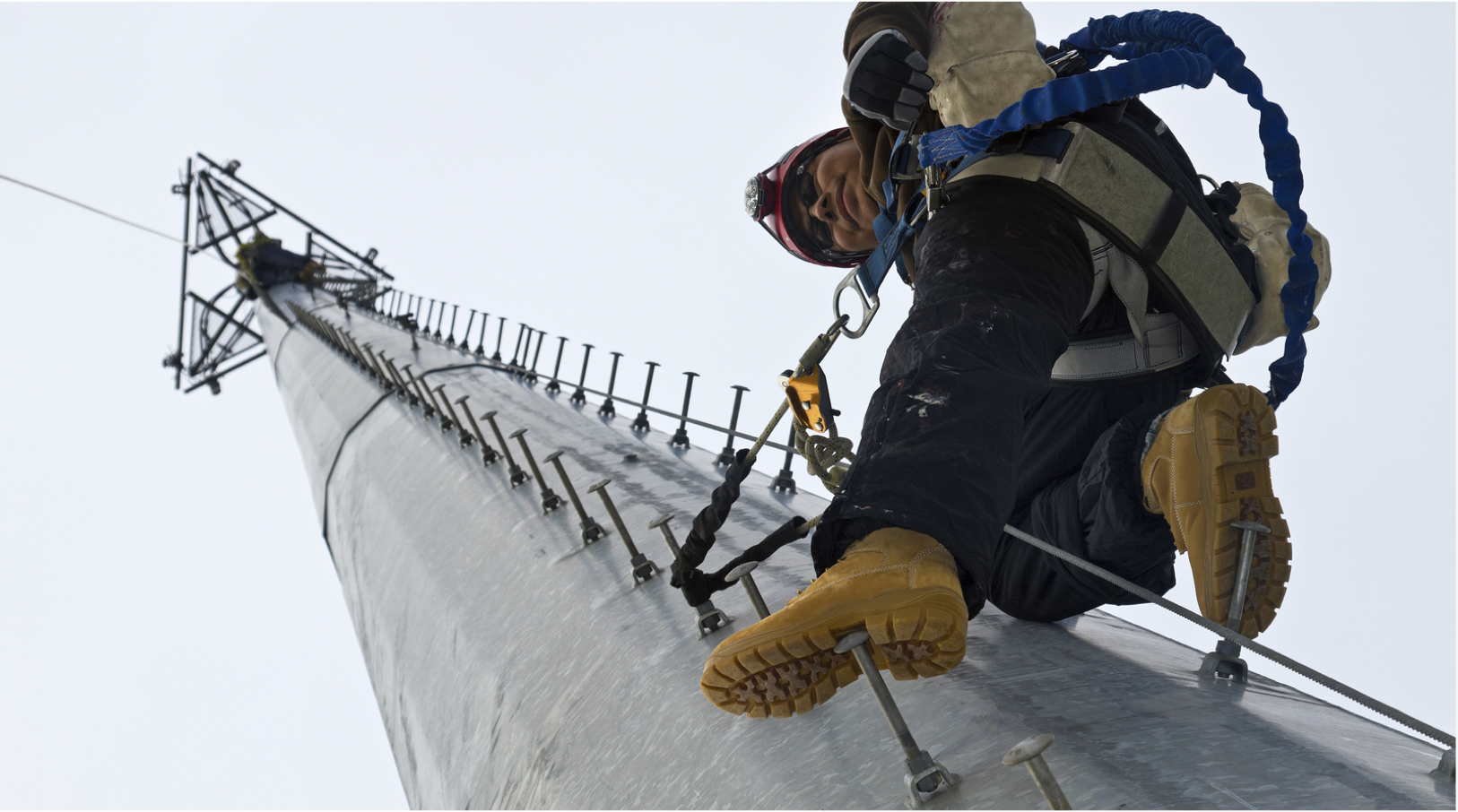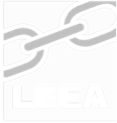Force Measurement Equipment Buyers Guide for Pre-Stressed Concrete Applications
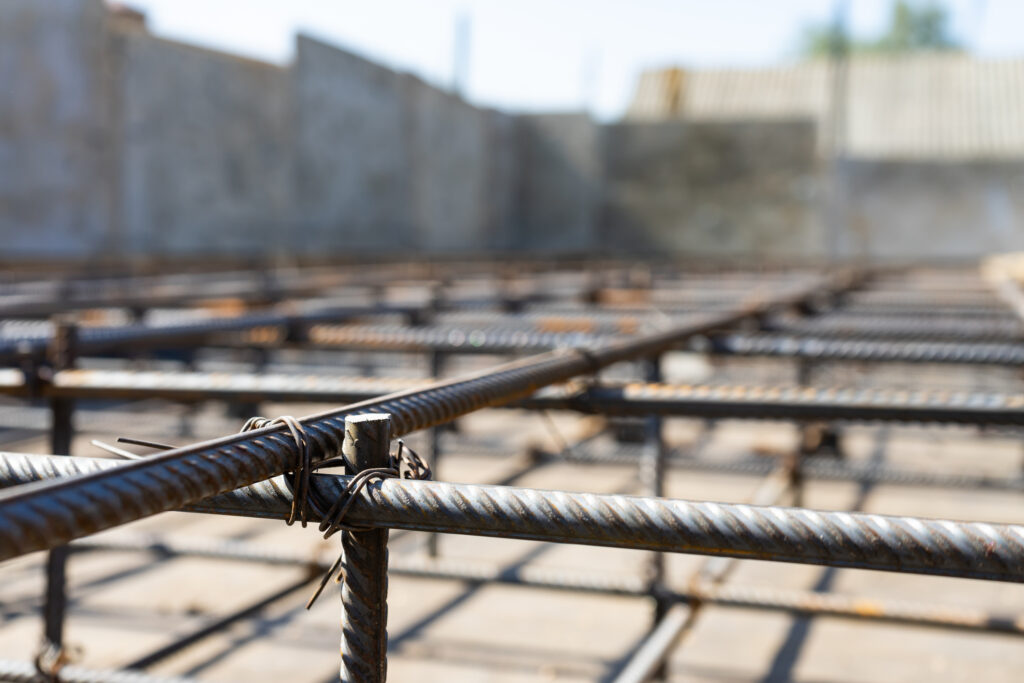
Prestressed concrete is a type of concrete that is pre-compressed by applying internal forces before it faces external loads. These internal forces are introduced using high-strength steel tendons or cables, which are tensioned prior to pouring the concrete. This pre-compression enhances the concrete’s strength and resistance to tension.
Accurate force measurement during pre-stressing is critical because it ensures the correct tension is applied to the steel tendons, leading to predictable structural behavior.
This guide will walk through the key considerations for selecting a dynamometer, the role of force measurement in pre-stressed concrete, and how the right equipment can affect projects.
Force Measurement Equipment Buyers Guide for Pre-Stressed Concrete Applications
Prestressed concrete is a type of concrete that is pre-compressed by applying internal forces before it faces external loads. These internal forces are introduced using high-strength steel tendons or cables, which are tensioned prior to pouring the concrete. This pre-compression enhances the concrete’s strength and resistance to tension.
Accurate force measurement during pre-stressing is critical because it ensures the correct tension is applied to the steel tendons, leading to predictable structural behavior.
This guide will walk through the key considerations for selecting a dynamometer, the role of force measurement in pre-stressed concrete, and how the right equipment can affect projects.
Why Force Measurement Matters in Pre-Stressed Concrete Applications
Pre-stressed concrete improves structural durability and load-bearing capacity by applying tension to steel tendons and/or cables. Accurate force measurement ensures:
- Safety: Avoid over-tensioning or under-tensioning that could compromise structural integrity.
- Precision: Meet exact force specifications during the tensioning process.
- Cost Savings: Reduce rework, prevent material failure, and improve project efficiency.
- Compliance: Achieve quality standards required by governing bodies and safety regulations.
When you invest in reliable measuring equipment, you are ensuring that your pre-stressed concrete structures perform effectively for years, providing a positive return on your investment.
Key Factors to Consider When Choosing a Dynamometer
Safety Features and Load Capacity
Ensure the dynamometer can handle the maximum load capacity required for your projects. It is also recommended to choose a dynamometer with an appropriate safety factor (e.g., 5:1) to account for unexpected forces or environmental challenges.
Accuracy and Resolution
Look for dynamometers with high accuracy ratings (typically expressed as a percentage of full-scale load). Higher-resolution equipment is necessary for sensitive applications such as bridge building, post-tensioning, and structural load testing. Meeting standards like the Federal Building Performance Standard is also important as it ensures compliance and precision on-site. Precise measurements reduce the risk of miscalculations, ensuring long-term structural safety.
Durability and Environmental Resistance
Construction environments are typically harsh. Choose a dynamometer that can withstand moisture and dust (look for high IP ratings for ingress protection), impact resistance, and extreme temperatures. Opt for rugged materials like stainless steel for longevity and high performance in harsh conditions.
Ease of Calibration and Total Cost of Ownership
Lower-cost options may appear appealing upfront but can lead to higher maintenance and replacement costs in the future. Choose equipment that is easy to calibrate, reducing downtime and saving on labor costs. It is important to evaluate the dynamometer’s total cost of ownership by considering frequency of repairs, lifespan of the product, and manufacturer support and warranties. Quality products are going to save time and money.
Display and Data Output Options
Clear and accessible data is critical for monitoring loads in real-time. Choose a dynamometer with features such as: backlit displays for visibility in low-light conditions, wireless transmission for remote monitoring, data logging capabilities to analyze trends and maintain records, and integration with systems like Bluetooth and USB.
The Role of Dynamometers in Pre-Stressed Concrete Applications
Tendon Tensioning and Stress Control
Dynamometers enable engineers to monitor and control the precise amount of force applied and ensure tendons are tensioned to exact specifications. For example, Dillon’s EDXtreme Dynamometer offers real-time load monitoring with wireless capabilities, ensuring precision throughout the tensioning process.
Verification Before Concrete Pouring
The correct tension in all tendons must be verified during pre-tensioning before pouring concrete. Force measurement tools like Quick-Check Tension Meters confirm the current tension with high accuracy so that stress is distributed evenly across the structure. This reduces structural risks caused by inconsistently tensioned cables.
Monitoring During the Curing Process
In post-tensioning, tendons are stressed after the concrete has set. Dynamometers help monitor forces applied during curing to maintain the correct tension and log data for quality assurance and compliance.
Tendon Load Testing and Calibration
Tendons must be load-tested before installation to verify that they meet specifications. Dynamometers ensure cables can handle anticipated stress levels, preventing failures once the concrete is in place. Quick-Check Tension Meters can be placed on a cable, measured its tension, and removed in under 5 seconds with no complex lookups or conversion charts. Both pieces of equipment save time and money on the job site.
Routine Inspection and Maintenance
Over time, tendons may lose tension due to environmental factors or material relaxation. Periodic inspections with tension meters allow engineers to detect and correct any loss of tension and extend the lifespan of the structure. Routine maintenance prevents costly structural repairs and ensures ongoing safety.
Why Choose Dillon Force Measurement Equipment?
Dillon offers force measurement tools specifically designed for construction and pre-stressed concrete applications.
Key Features of Dillon Equipment:
- Digital Precision: High accuracy and resolution for critical measurements.
- Rugged Construction: Built to withstand harsh environmental conditions.
- Real-Time Monitoring: Wireless capabilities for seamless on-site operations.
- Data Logging: Maintain accurate records for quality assurance and compliance.
By choosing Dillon equipment, you can invest with confidence in safe, precise, and lasting measuring devices for all of your projects. Dillon’s high-quality force measurement solutions are designed to meet the demands of the construction industry, ensuring long-term reliability and operational success.
Ready to Learn More?
Take the next step in your project’s success by exploring Dillon’s full range of dynamometers and tension meters. Contact our team today or visit our website to learn more and make an informed decision.
Force Measurement Equipment Buyers Guide for Pre-Stressed Concrete Applications
Force Measurement Equipment Buyers Guide for Pre-Stressed Concrete Applications Prestressed concrete is a type of concrete that is pre-compressed by applying internal forces before it faces external loads. These internal forces are introduced using high-strength steel tendons or cables, which are tensioned prior to pouring the concrete. This pre-compression enhances the concrete’s strength and resistance […]
